The History of the PDF: Timeline
https://video.tv.adobe.com/v/3417864?autoplay=false&hidetitle=true
Who remembers when office hours were filled with endless stacks of paper and document-covered desks? Or perhaps you can recall the subtle whirring of an overheated printing machine or the scratching sound of many a scribbled signature? It’s difficult to imagine a time when physical paperwork and documents dominated the working environment - that is before the world turned to tech and made the humble PDF an everyday essential. That’s right, there was once a time when the PDF never existed!
Since its creation, the PDF has brought with it countless benefits: from allowing offices to go virtually paperless, to being the first real step towards a futuristic way of working. These days we can merge, compress, convert and edit PDFs, but it hasn't always been that way. The question is, how did the PDF get to where it is now? Here at Adobe, we’re more than equipped to answer your questions. Take a look at our History of the PDF timeline below to find out more.
The History of the PDF

1990
Adobe co-founder Dr John Warnock launched the paper-to-digital revolution with an idea called, "The Camelot Project".
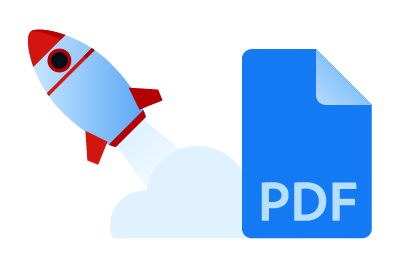
1993
Camelot had developed into Portable Document Format. Officially launched on 15th June 1993.
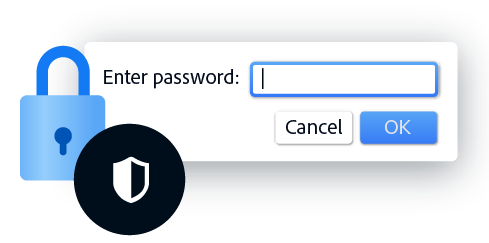
1994
A Improved password encryption for increased security with device-independent formatting.
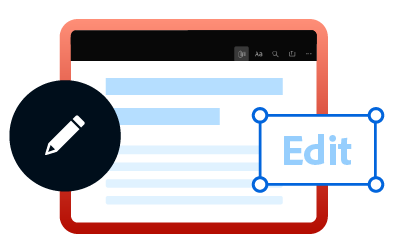
2001
Transparency in page description languages allowed content to be imported from one PDF document into another.
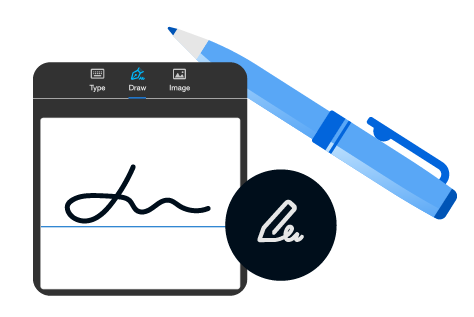
2011
Adobe Systems announced its acquisition of Sign which would become the basis for the Adobe Sign product.
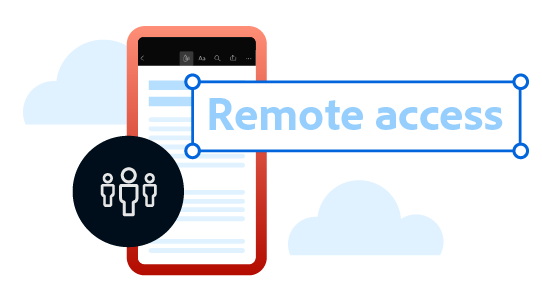
2015
Document Cloud launch Storage of PDF files in the cloud and ability to access them remotely.

2017
Introduction of Acrobat Pro & Standard offerings.
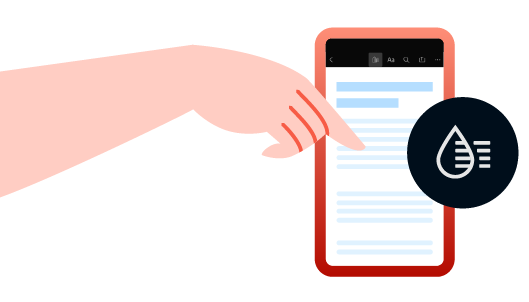
2020
Adobe released "Liquid Mode" to enhance PDF readability on phones through UX design.

Free automated online tools for PDF converting and editing available for everyone!
Where did it all begin? Let’s journey back to 1990, when Adobe co-founder, Dr John Warnock, launched the paper-to-digital named “The Camelot Project”. Though we’re not talking about King Arthur and his historical castle digs, an important pinpoint in PDF history was born - this one just had fewer swords. The Camelot Project sought to give the world a way to communicate electronically and switch printed information into an easily accessible, digital format.
Sure, Jurassic Park premiered in the same year, but an equally significant (yet dinosaur-free) discovery was made in 1993. That’s right - the PDF or Portable Document Format, was born. Hello, digital age. The Camelot Project succeeded in creating a format that allowed users to stay digitally connected to their team and workflows, without physically having to be in the office. And that was just the beginning.
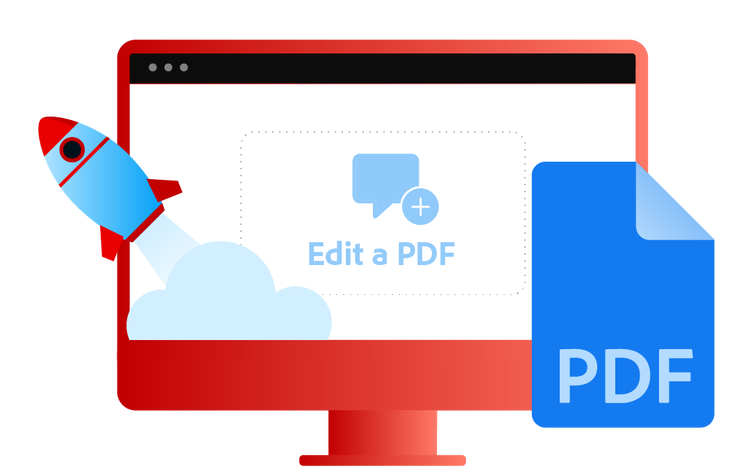
Do your best work online with Adobe Acrobat Tools
Whether it’s a phone passcode or a swimming locker, we use passwords all day, every day - and when you work with electronic documents and data, protection is key. Passwords and encryption development were introduced to PDFs in 1994, which helped develop the security-safe PDFs we use today. With our advanced security features, you can add password security to your PDFs to prevent foreign content editing, printing, modifying or copying.
Not only were we hot on security, but the ’90s saw us introducing interactive elements, too. In 1996, we incorporated fill-in forms into our process: ones that can be imported, exported, transmitted and received from the web. Continuing to take the sharing is caring mentality into the next millennium, we went on to introduce PDF editing and transparency PDF editing in 2001: simply meaning that users could import one PDF into another. Sailing all the way over to 2011, the acquisition of Sign was announced by Adobe Systems, which became a starting point for the Adobe e-Sign product.
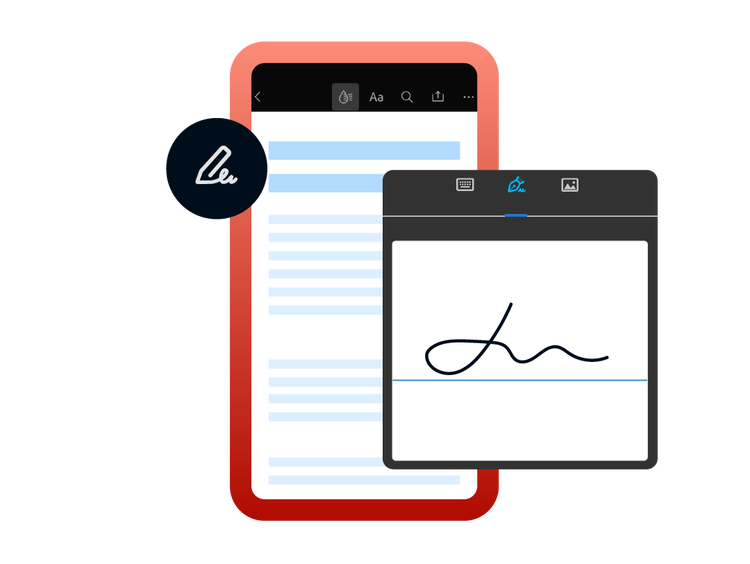
Then, in 2017, the launch of Adobe Acrobat Pro and Standard came into play. Much like its name suggests, Adobe Acrobat can swing many a digital solution, converting everything from JPG, Word and even HTML and is flexible in ways that the PDF world has never been before. Its main function is to create, edit and view PDFs, as well as merge and compress files. Today, more than five million organisations around the world rely on Acrobat.
How about the here and now? In the last decade or so, Adobe has elevated its user experience to become a top-tier digital platform for PDF lovers. From creating Liquid Mode in 2020, a feature that enhances PDF readability to make it easier to access via phone, to introducing a simplified SKU lineup, we’ve gone from strength to strength.
Now, when you create an Adobe PDF, be it a document or an image, all your data is preserved in its original format - even when graphics, spreadsheets and text are all combined into one file. It’s presented just the way you like it: not just as simple screenshots of pages, but as detailed documents with depth. Today, our cutting-edge online tools and features let the whole world convert and edit their PDFs for free. Yes, you read correctly, for free.
Time flies when you’re having fun - and, here at Adobe, creating innovative PDF tech in the business has been a blast. 30 years of Adobe Acrobat have breezed by, and we’re more than ready for whatever the future holds. Why not come and join us for the next 30 years? After all, we invented PDFs and their format - so you can trust that you’re in good hands.